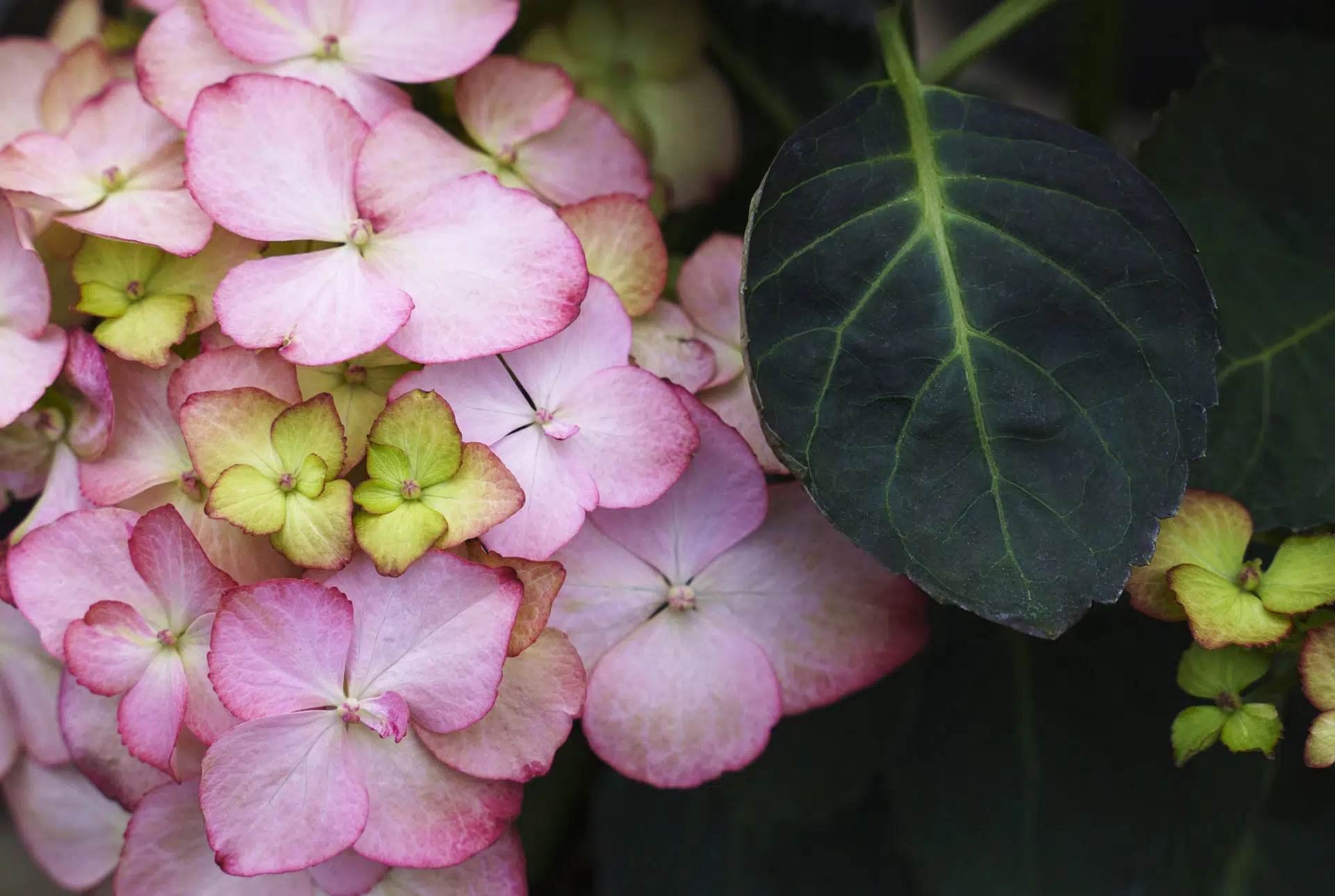Birds
White

Looking for something in particular? Click here to search.

Setophaga coronata
Yellow-rumped Warbler
Voice: Song- high-pitched musical trill with a variable ending. Call-the common call is a dry check. Yellow-rumped warblers, other wised known as butter butts, are one of the first migrant... more

Sphyrapicus varius
Yellow-bellied Sapsucker
Voice: Nasal, catlike meowing; drumming sound like Morse code. Yellow-bellied sapsuckers are primarily forest dwelling birds but they tend to favor young woodlands and riparian habitats. They are the only... more

Hylocichla mustelina
Wood Thrush
Voice: Song-a series of rich flute-like notes “ee-oh-lay.” Call-a rapid “pit-pit-pit.” Considered one of the most common woodland birds of the east, wood thrushes are best known for their ethereal... more


Troglodytes troglodytes
Winter Wren
Winter wrens were first described in 1758 by Carolus Linnaeus a Swedish botanist, physician and zoologist. It is the only wren to be found outside the Americas, occurring also in... more

Zonotrichio albicollis
White-throated Sparrow
Voice: Song: Clear whistles of “Oh sweet Canada, Canada, Canada,” Call: Sharp, Volatile, “Chink.” Across most of the eastern and southern U.S, white-throated sparrows are familiar backyard fall and winter birds. They can be found along edges of woodlots, hedgerows, thickets, and in city parks during the winter. The two different... more

Sitta carolinensis
White-breasted Nuthatch
Voice: Males late winter and spring low-pitched wha-wha-wha. Year round, both sexes loud, nasal yank repeated a few times in a row. White-breasted nuthatches are common feeder birds found year... more

Baeolophus bicolor
Tufted Titmouse
Voice: Song: Peter, Peter, Peter; Call: scratchy scolding tsee-day-day-day Tufted Titmice are common in deciduous or mixed evergreen deciduous forests below 2,000 feet in elevation. They typically like areas with... more

Arcilochus colubris
Ruby-throated Hummingbird
Voice: Males sing a constant series of monotonous chips early in the day. Both sexes make high chips and speaks while in flight or being chased. Ruby-throated hummingbirds are found in open deciduous woodlands of... more

Buteo lineatus
Red-tailed Hawk
Voice: Fast, high pitch scream, “Keeyer, Keeyer, Keeyer.” Red-tailed hawks are probably the best known and most widely distributed of all North American birds of prey. These common roadside birds... more

Buteo lineatus
Red-shouldered Hawk
Voice: Fast, high pitch scream, “Keeyer, Keeyer, Keeyer.” Red-shouldered Hawk’s robust body, broad wings, short tail and soaring flight make is a perfect fit for the Buteo family. This crow... more

Melanerpes carolinus
Red-bellied Woodpecker
Voice: Harsh rolling churr by both sexes or a cha, cha, cha by mates In early spring red-bellied woodpeckers in forests, woodlands, and wooded suburbs tap on trees, gutters, roofs... more


Regulus satrapa
Golden-crowned Kinglet
Voice: Song: high pitch tsee-tsee-tsee-tsee varies in number Call: thin tsee note Barely larger than a hummingbird, golden-crowned kinglets have a remarkable ability to endure cold climates. They can survive extreme temperature of -40 degrees. During nesting season, they can be seen high... more

Spizella pusilla
Field Sparrow
Voice: Song: Males: downward whistles descending to a bouncing ball trill Call: Both sexes: Seep or Chirp Male field sparrows are easy to spot on an early spring or summer morning, perched low, singing loudly in open habitats. Their descending bouncing ball trill can be heard in shrubby grasslands, overgrown agricultural fields, fencerows, and forest edges. They tend to sing... more


Poecile atricapillus
Black-capped chickadee
Voice: Song: two note whistle with the second note slightly lower. Call: Says its own name chick-a-dee-dee-dee Black-capped chickadees are one of the most commonly recognized backyards bird in Northern... more

Ceryle alcyon
Belted Kingfisher
Voice: Dry rattling sound, loud and raspy Belted Kingfishers are one of the most widely distributed birds in North America. In Ohio kingfisher can be found year round with the... more




